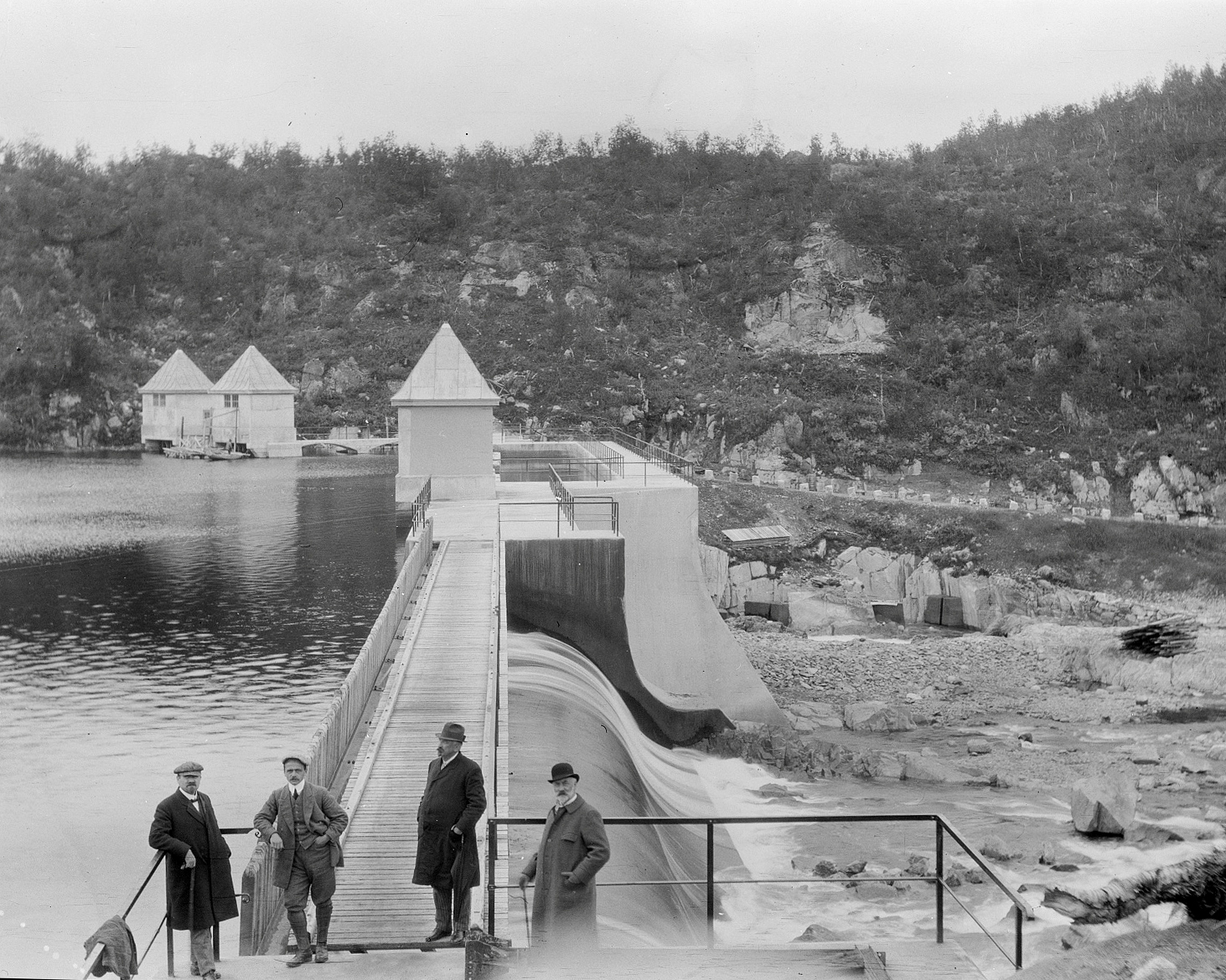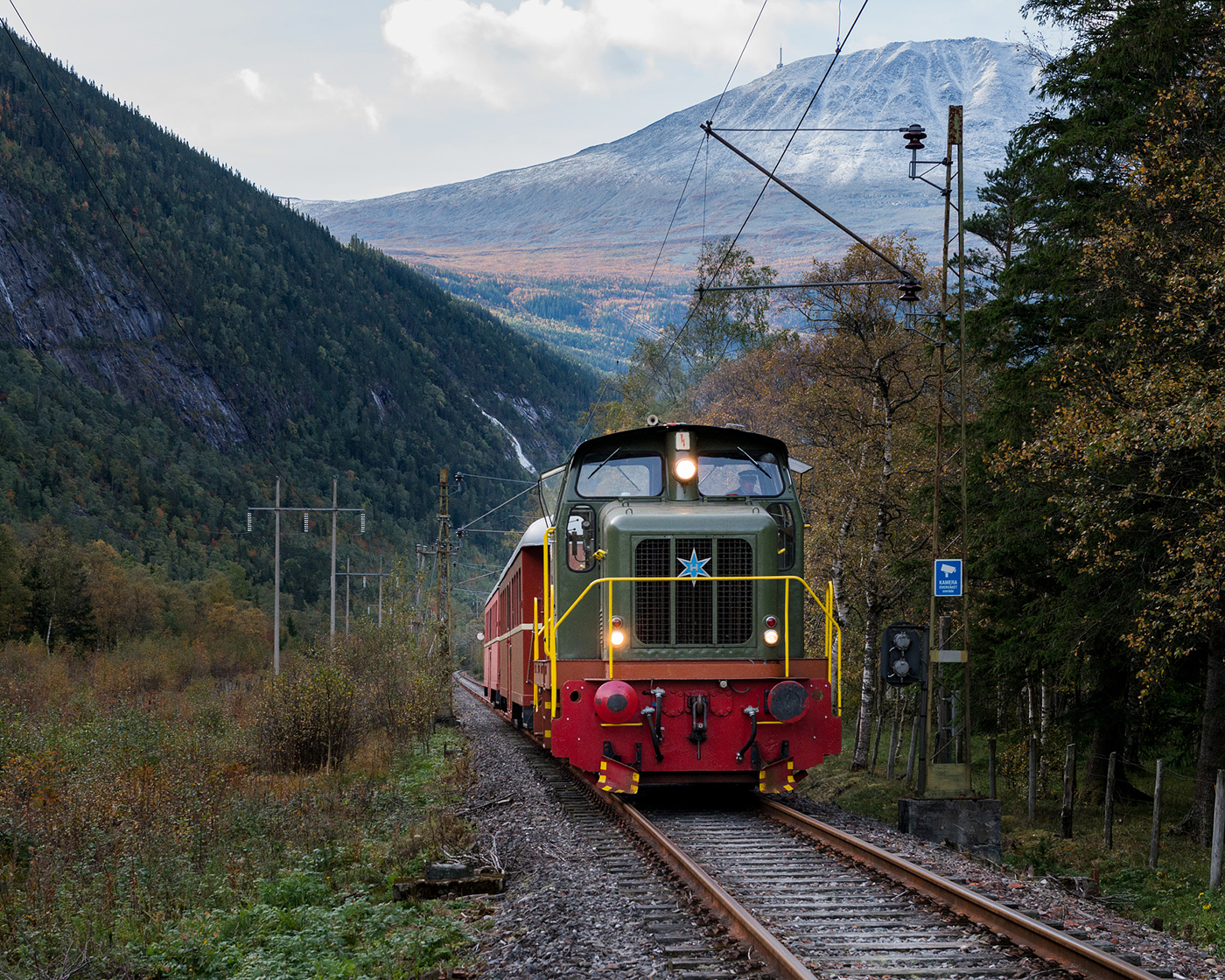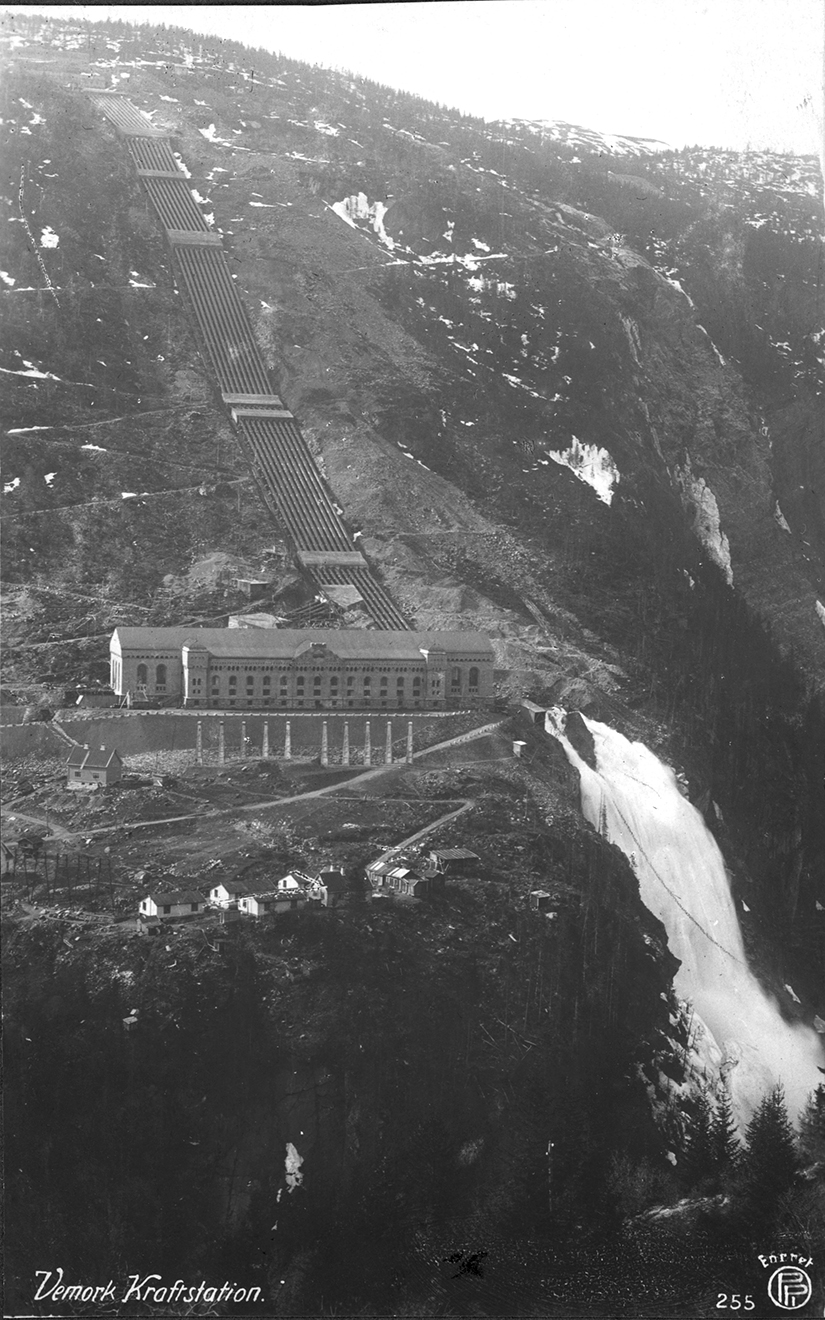Rjukan-Notodden Industrial Heritage Site
Fear of food shortages at the beginning of the 20th century meant that there was a market for making artificial fertilisers. Entrepreneur Sam Eyde and Professor Kristian Birkeland developed a new method for the industrial production of fertiliser. Together with the Swedish bank director Markus Wallenberg, they established Norsk Hydro in 1905. Today, Yara International continues the legacy of Norsk Hydro’s fertiliser production.


